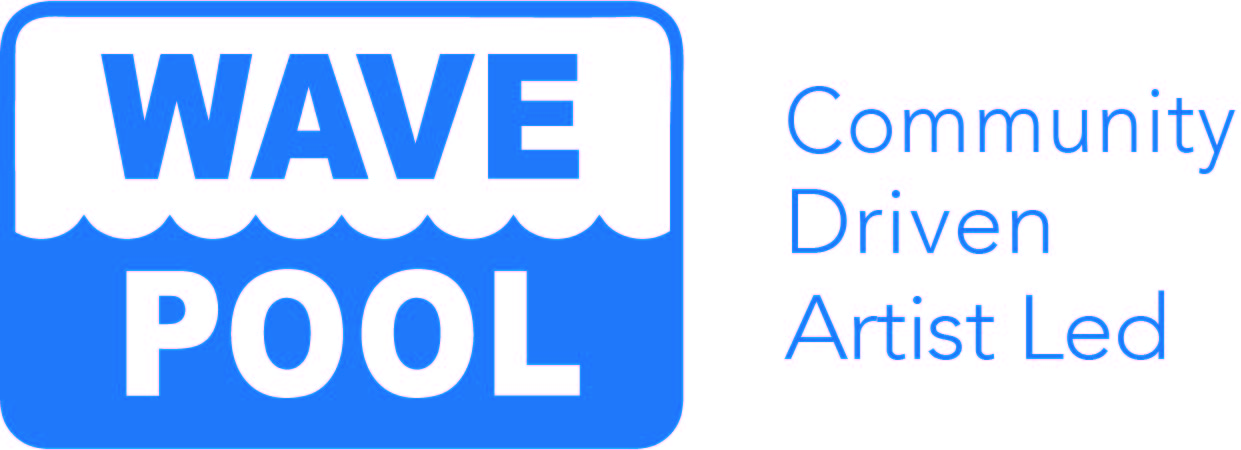Camp Street Corner
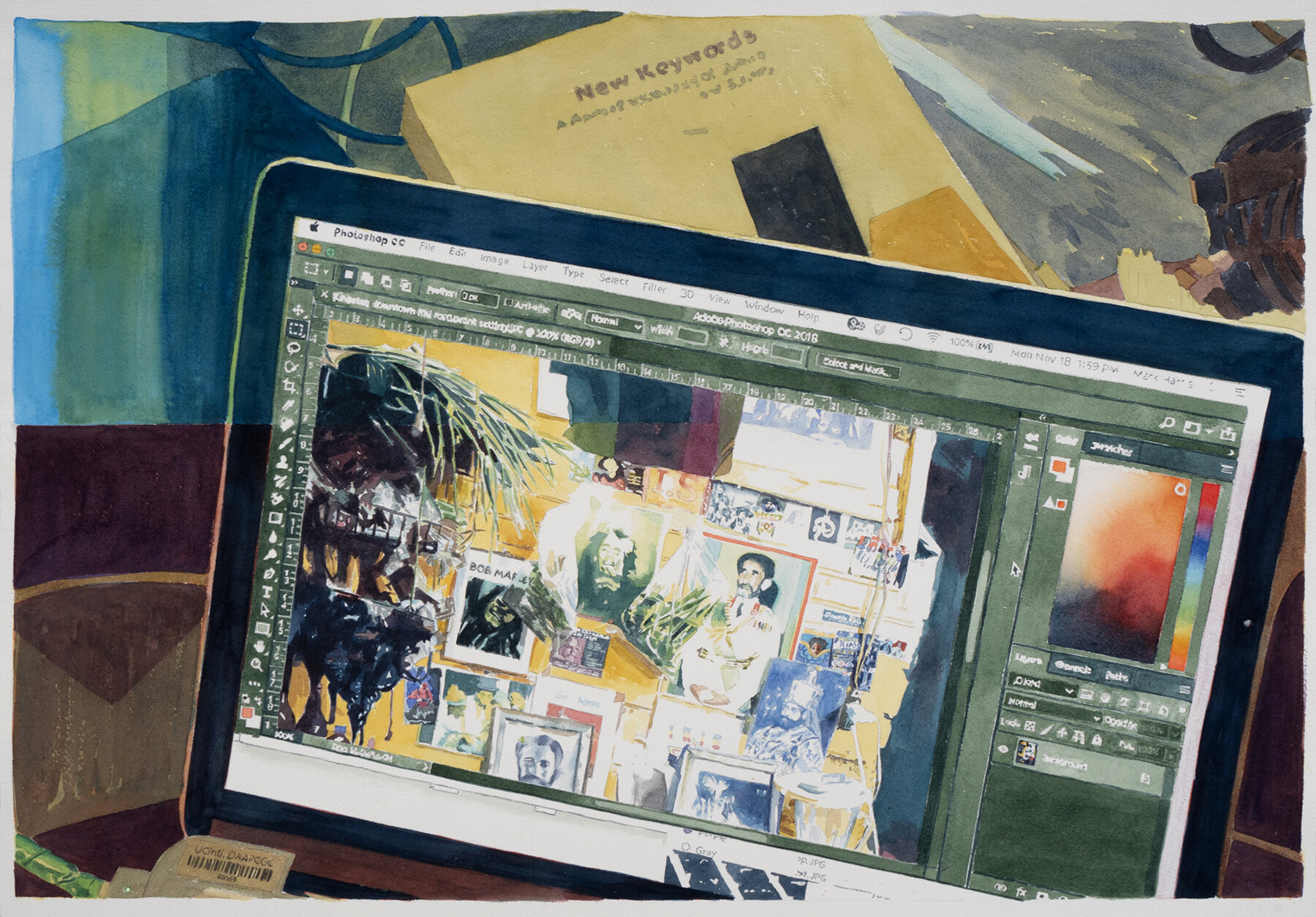

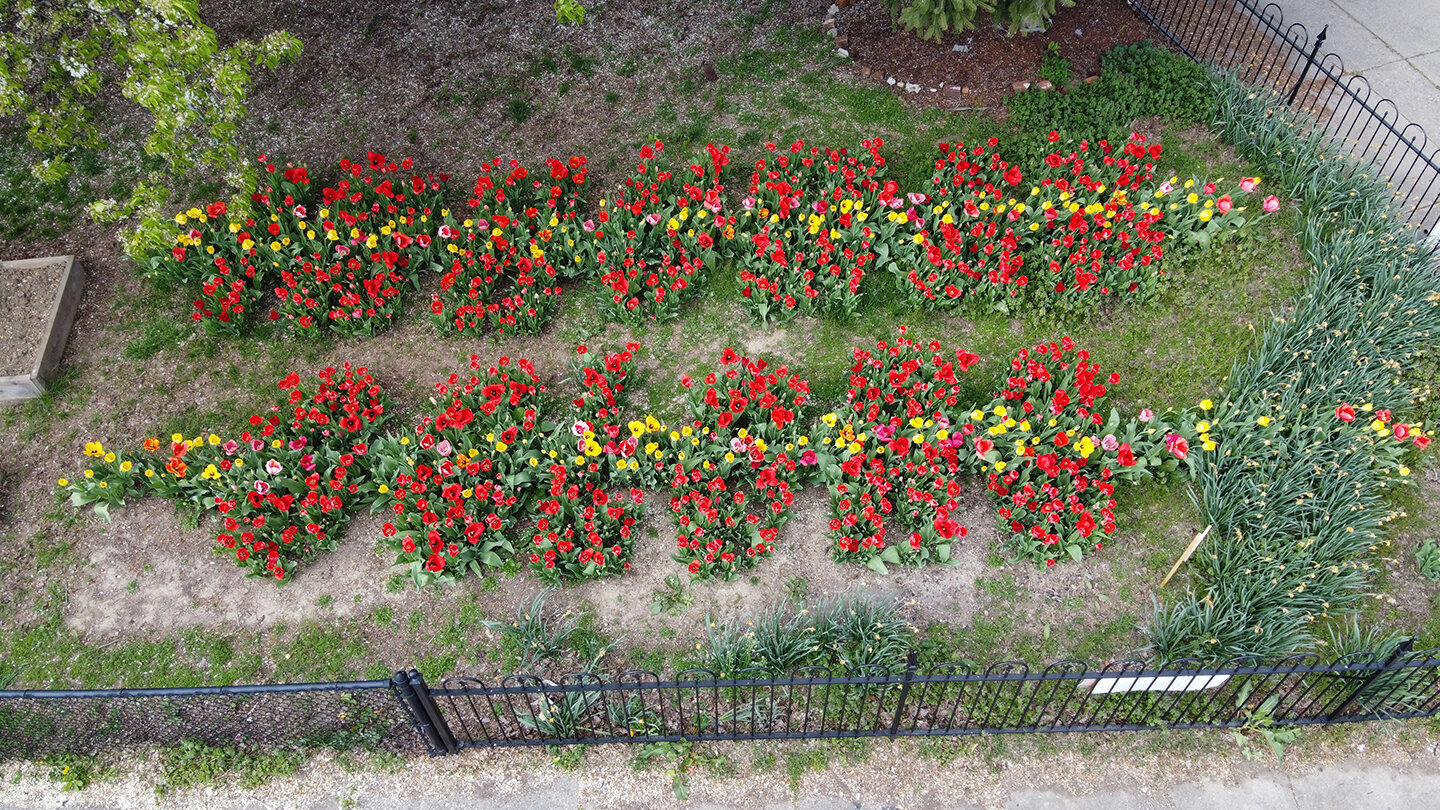
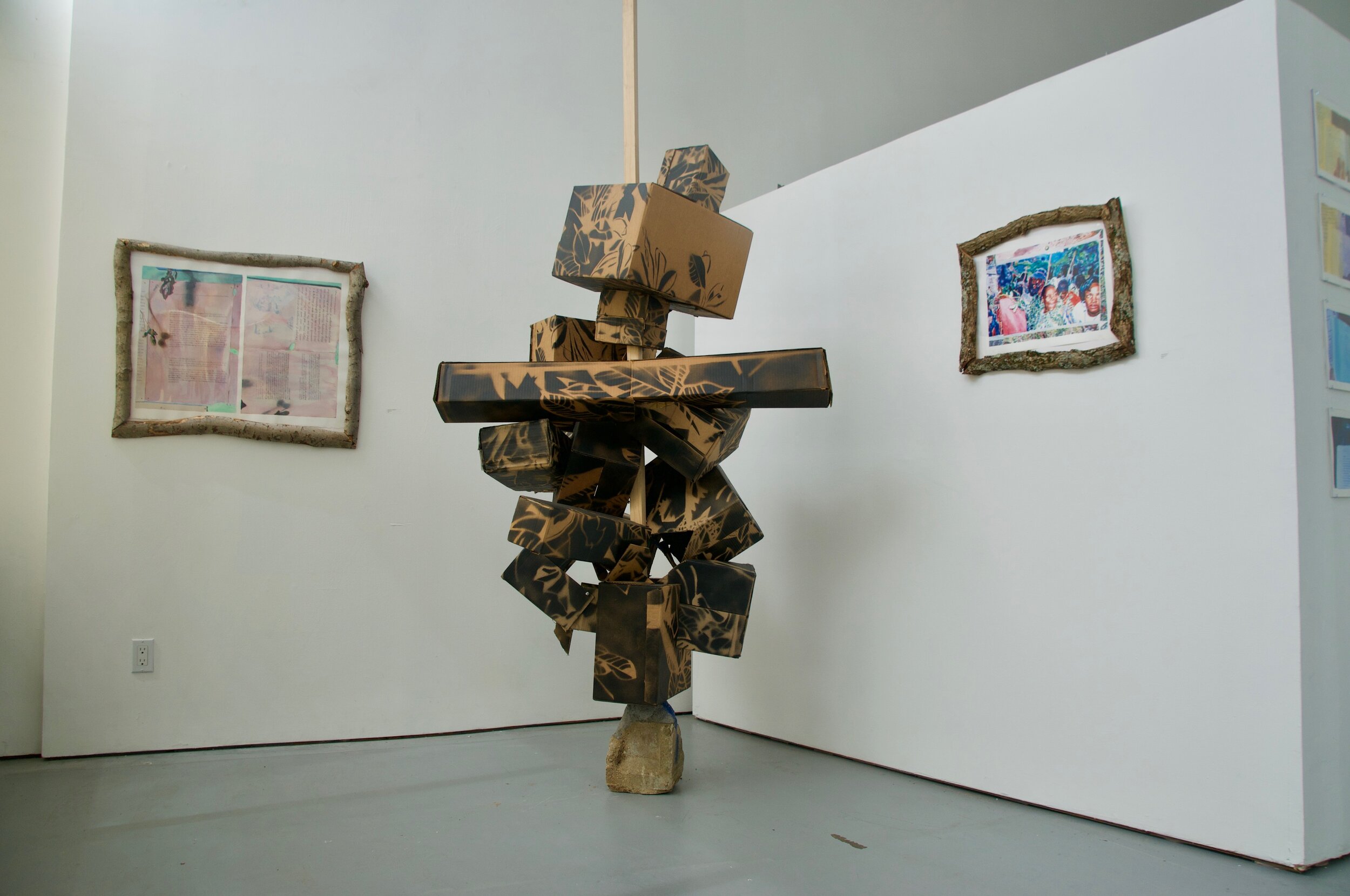
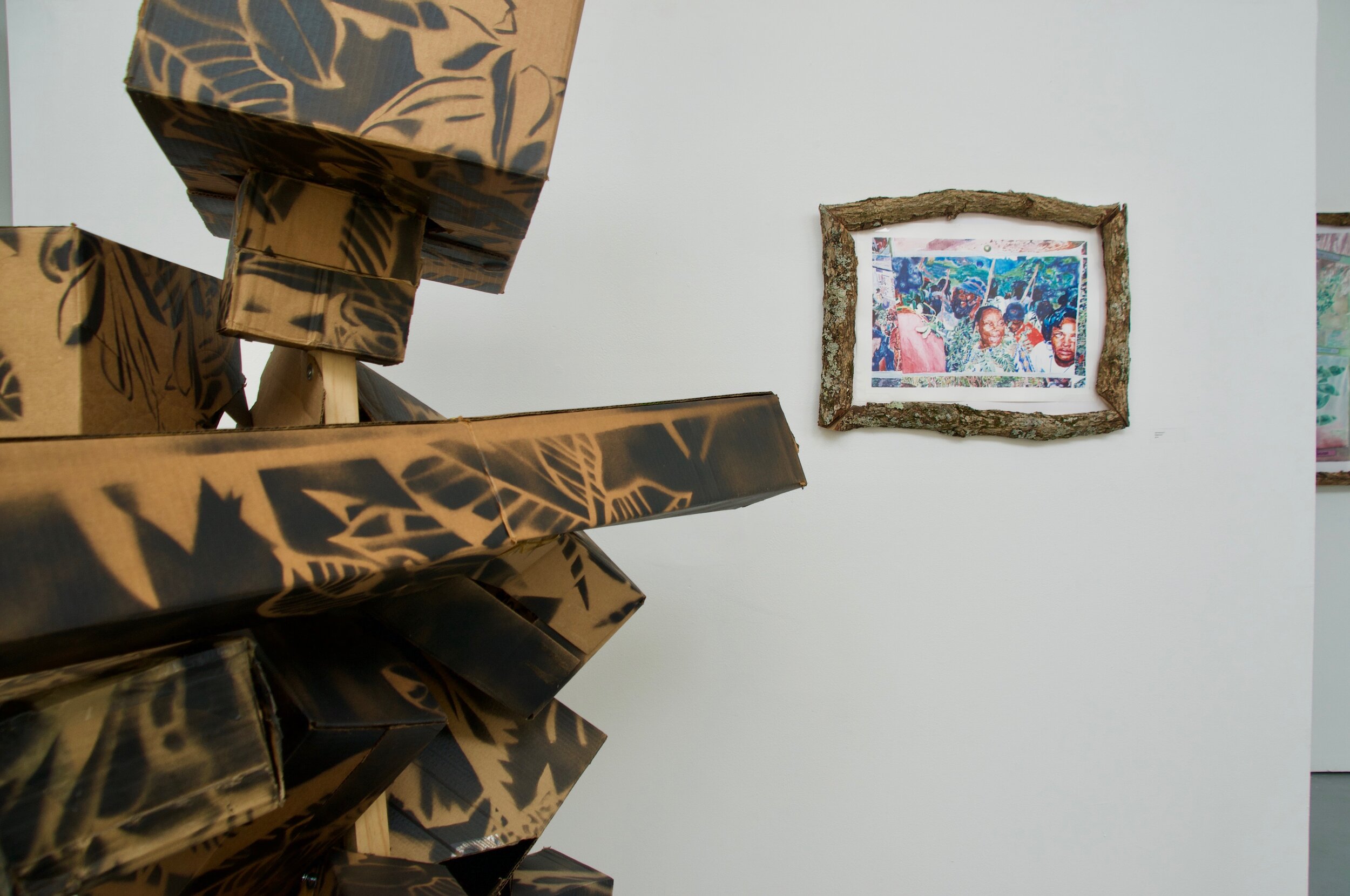
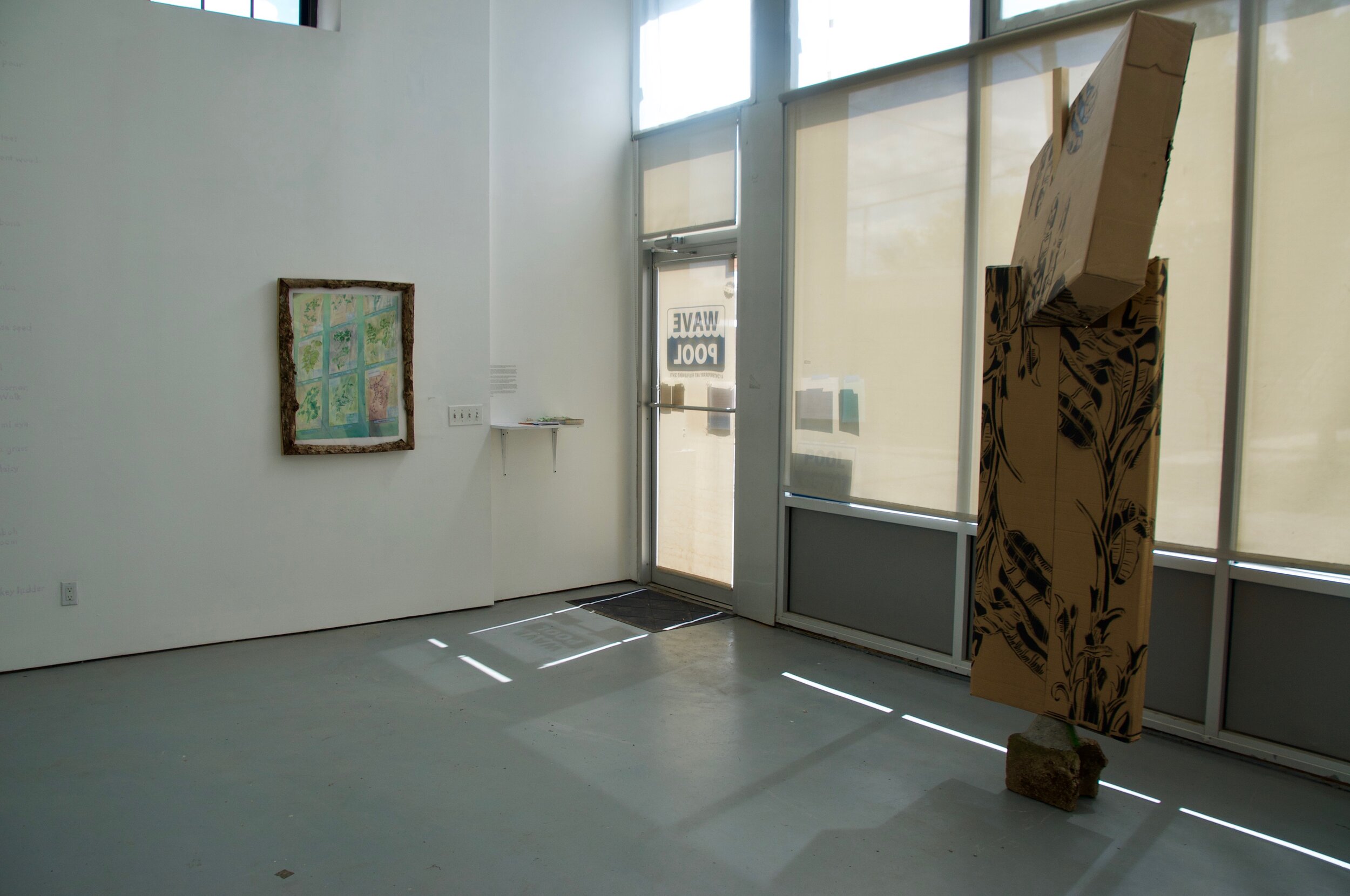
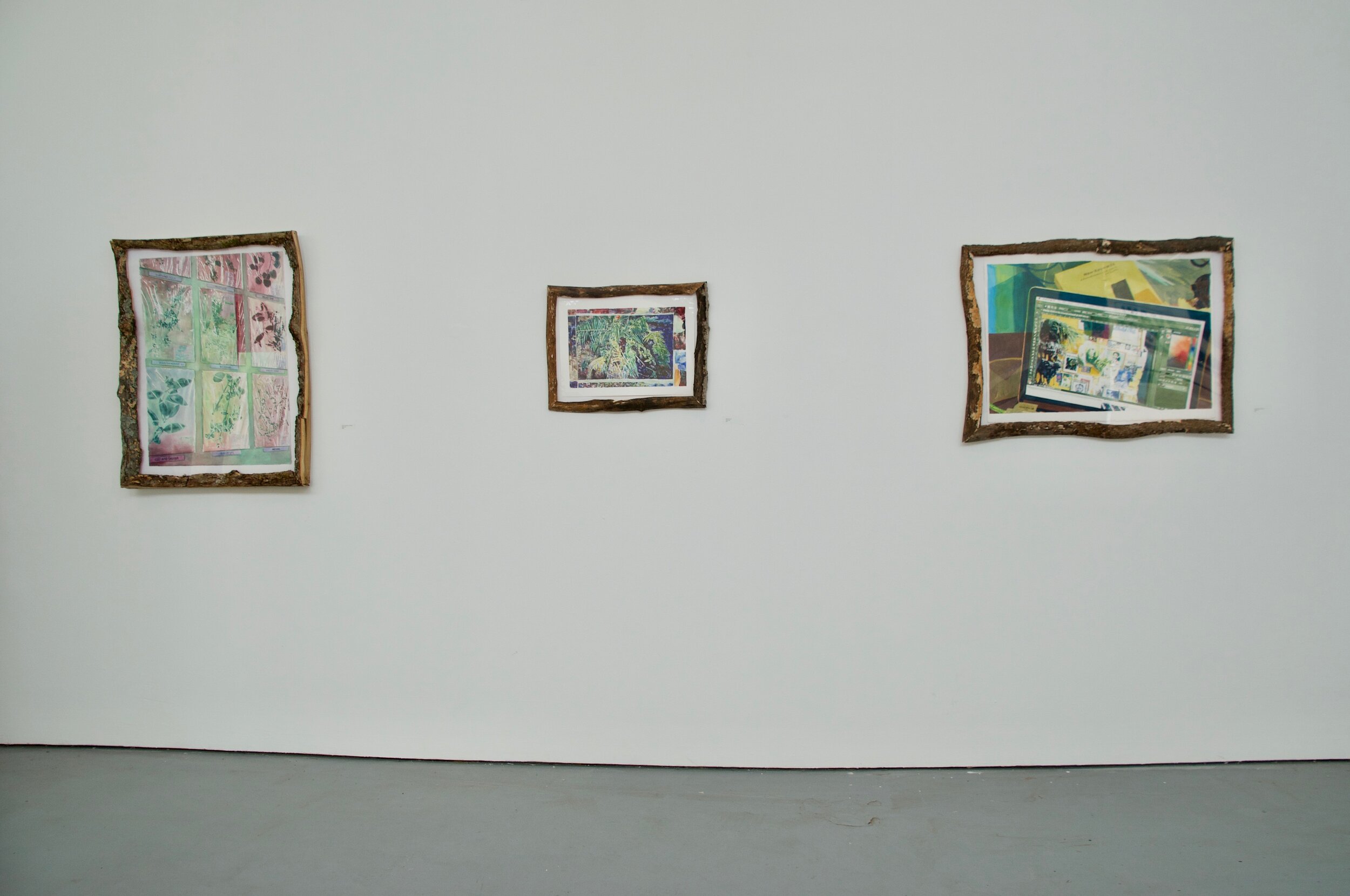
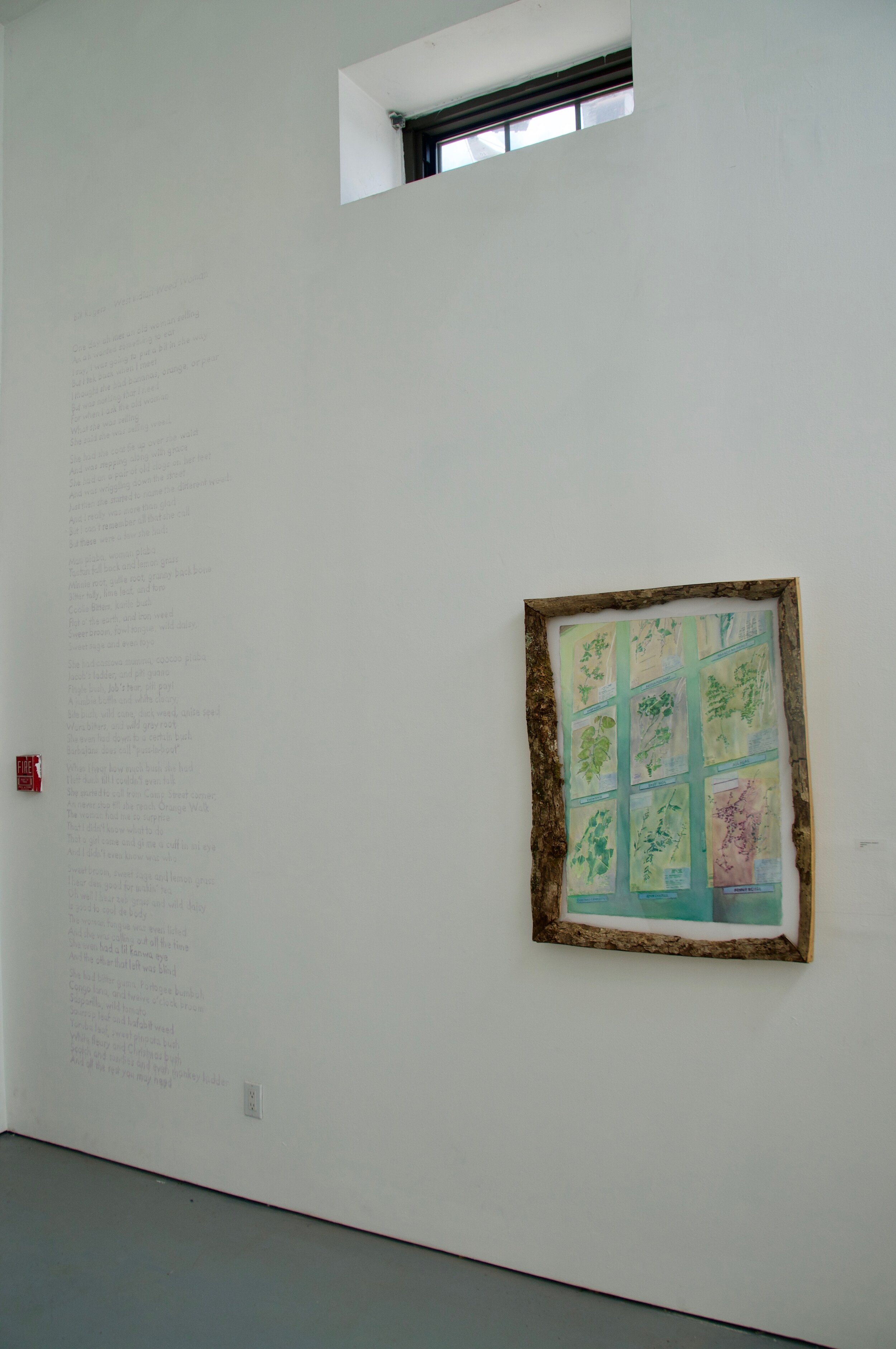
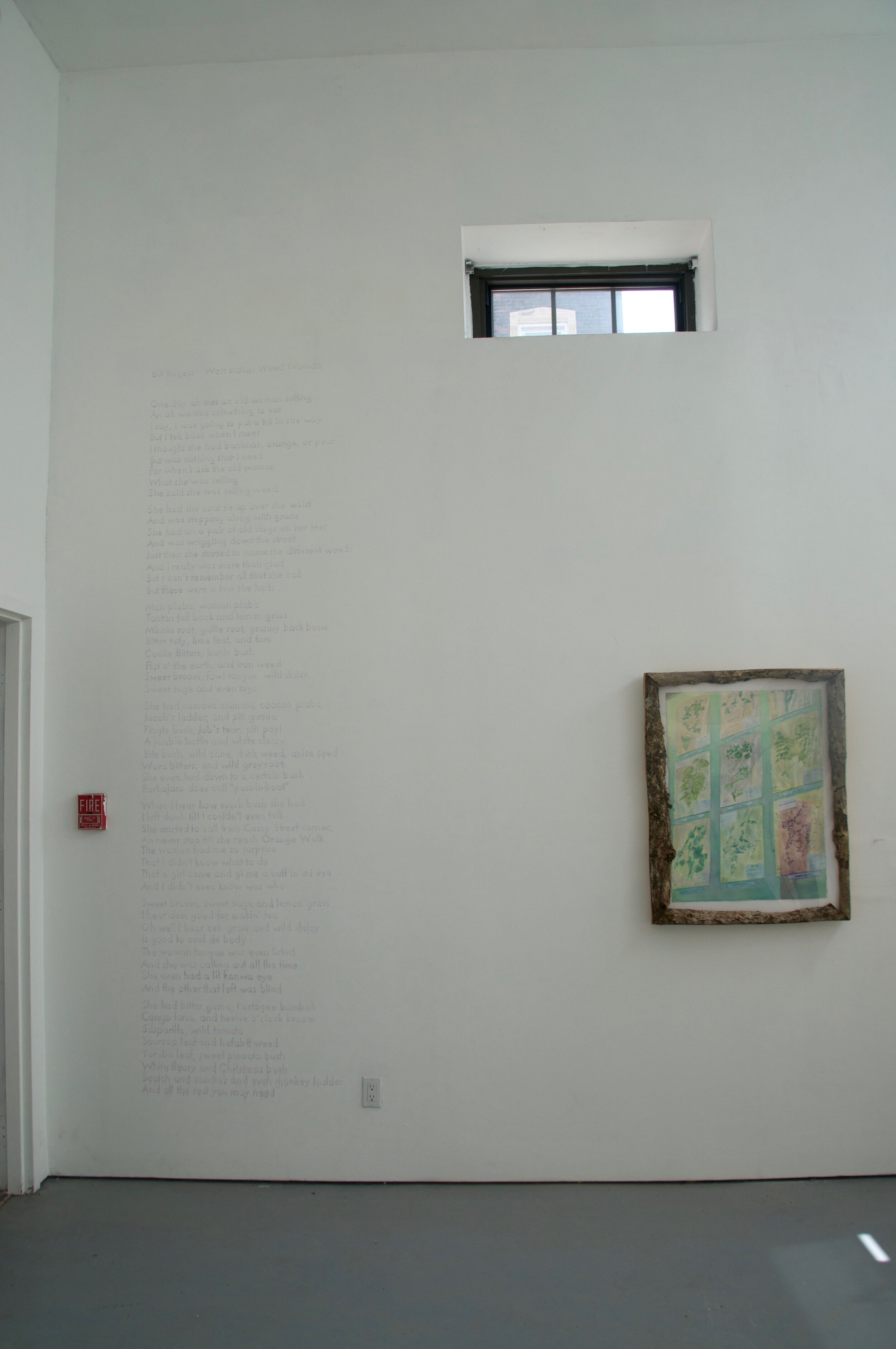
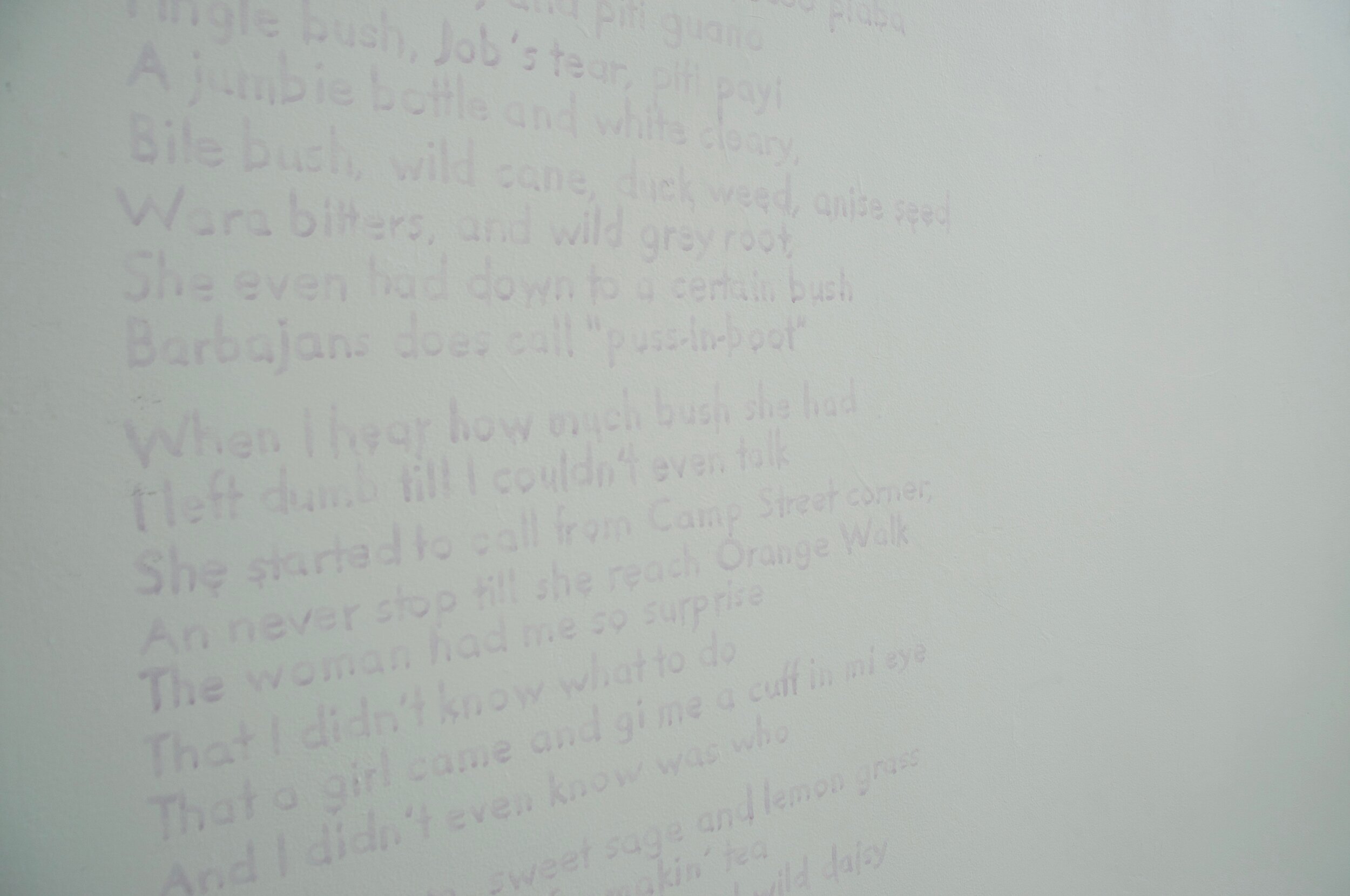
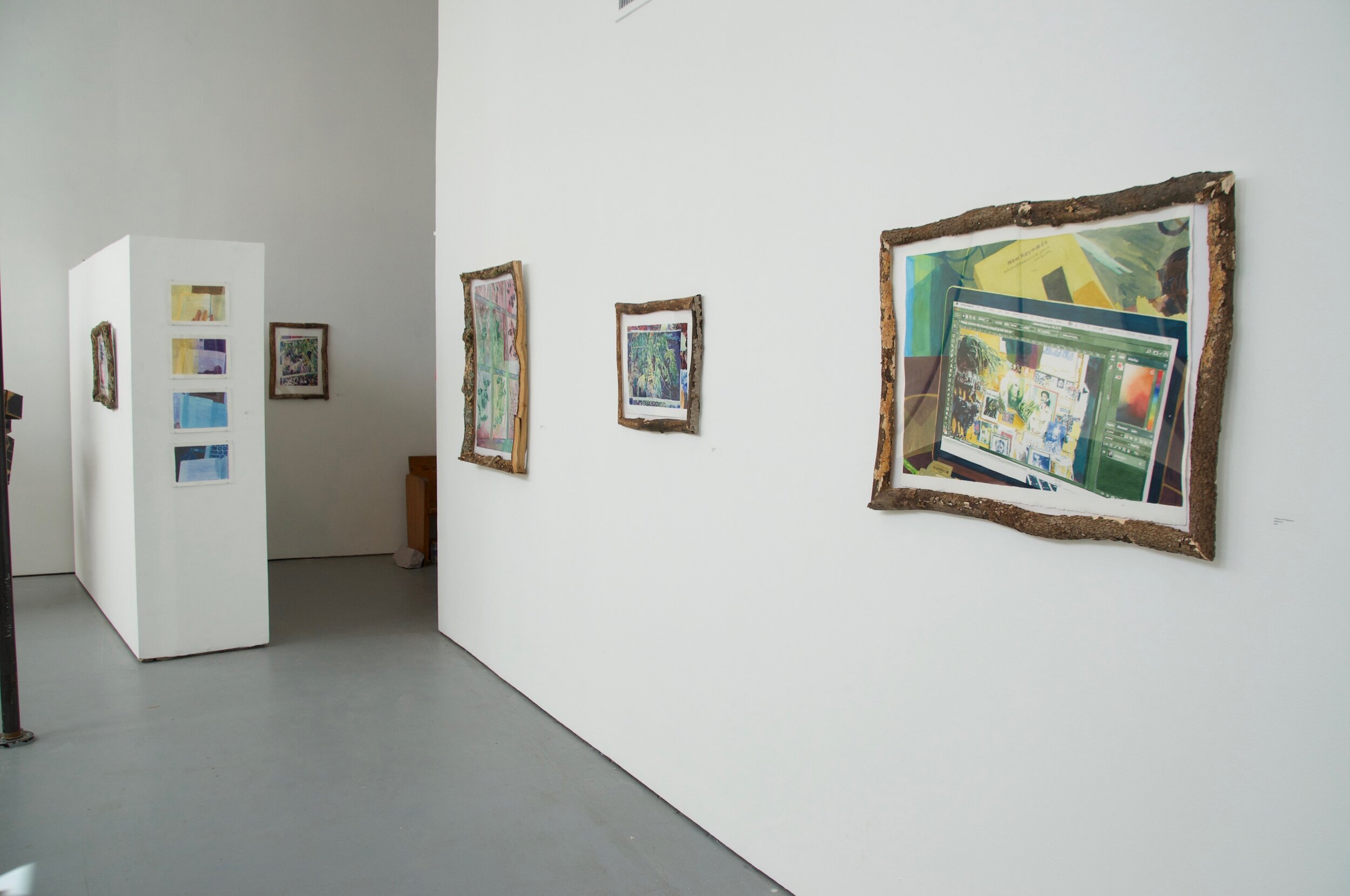
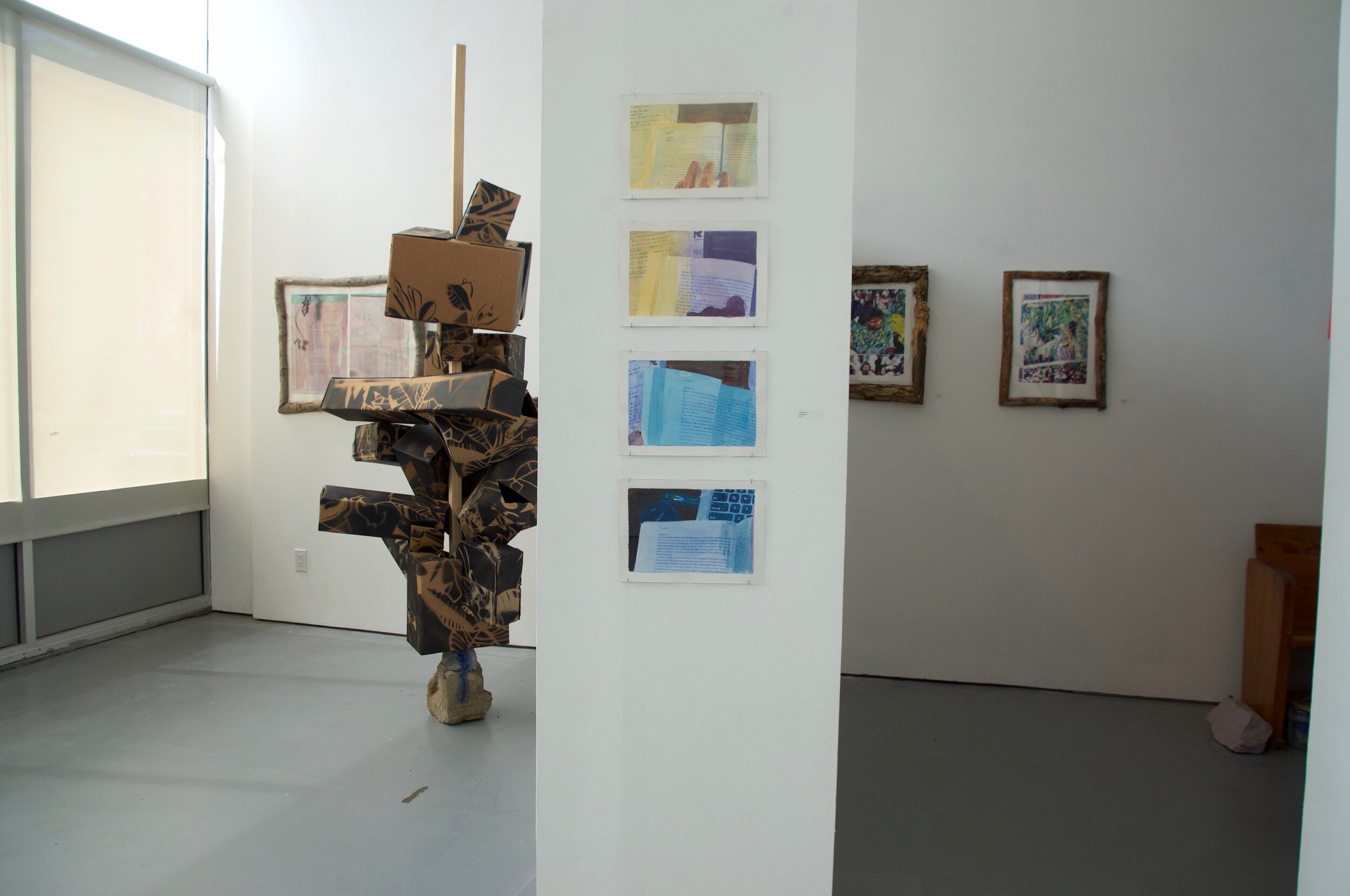
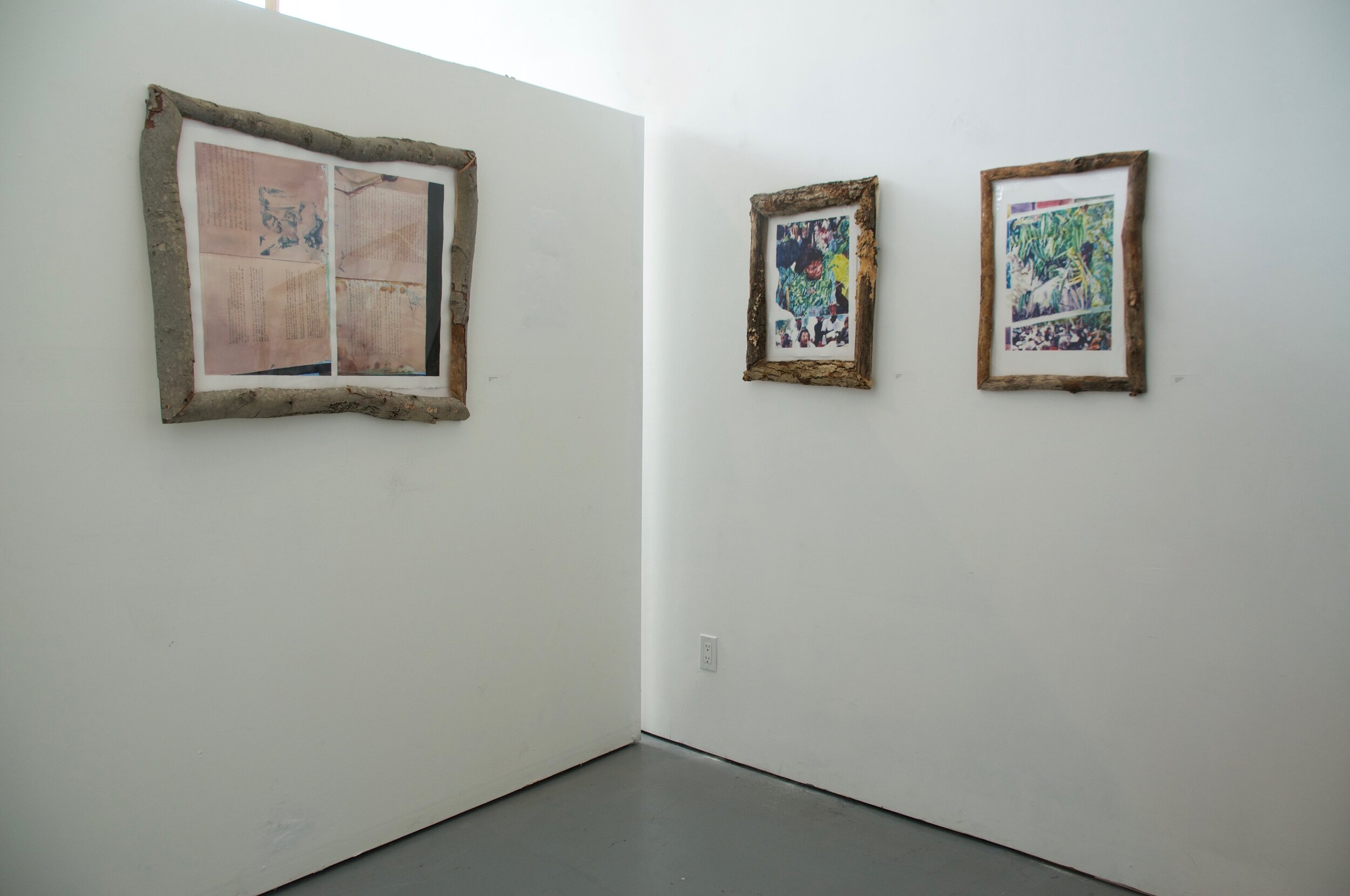
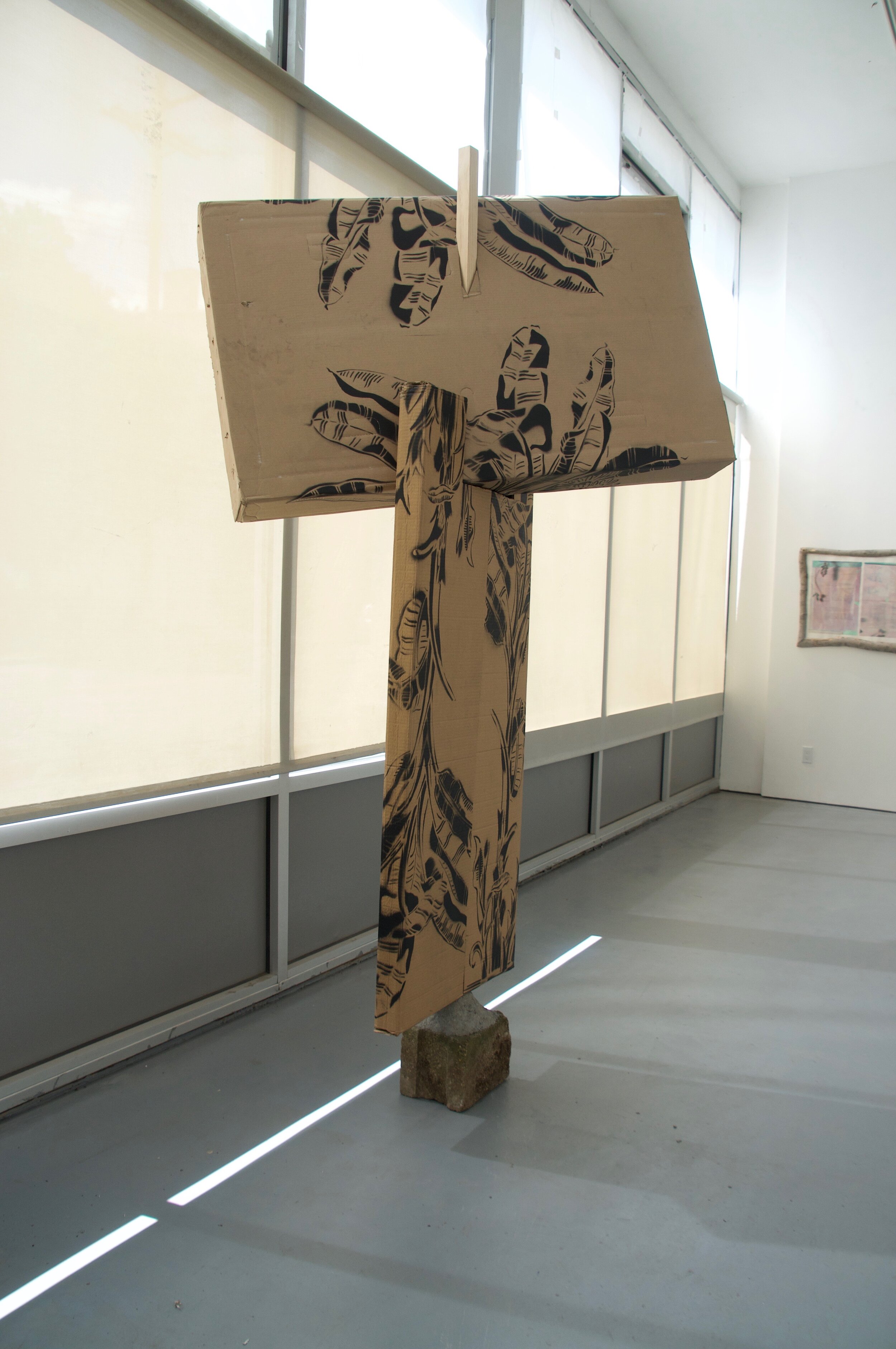
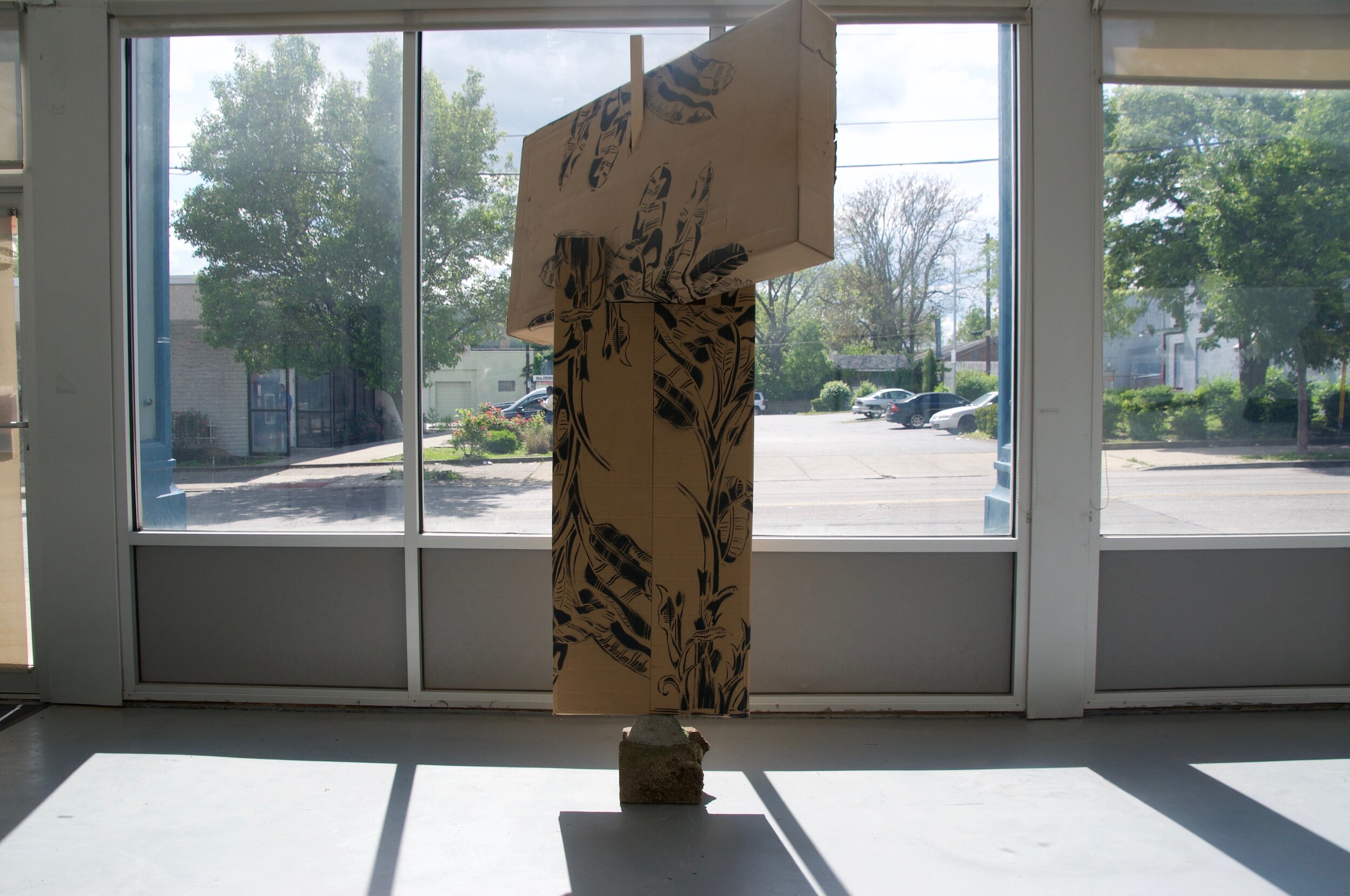
Mark Harris is investigating the African plant diaspora and the uses of plants in the Americas, including the Caribbean, during and after the 350 years of the trans-Atlantic Slave Trade. Harris displays watercolors, murals, and sculptures concerning the display and use of plants in Jamaica.
“Drawn from imperfect photographs taken on two visits to Jamaica in 2018-19, these works consider the importance of plants and herbs in island medicine, cooking, and histories of anti-slavery and post-colonial resistance.
The Maroon village of Accompong in the western hills annually commemorates its history of resisting 18th-century British attempts to recapture their escaped ancestors whose tactics included using foliage as camouflage. The wonderfully idiosyncratic historical displays in the Accompong community center include montages of photographs pinned on top of other images, and fading documentation of Maroon plant knowledge and craft traditions.
Displays in the National Museum of Jamaica, Kingston, include panels of dried plants encased in mylar, representing the extent of herbal knowledge built on Amerindian and African precedents, some still used in food and tea recipes.
An Ital restaurant in Kingston run by Rastafari chefs uses only the purest vegetable and plant ingredients, usually grown by their own communities. The wall above one of the prep tables is covered in images of Haile Selassie and Bob Marley and overflowing with shelves and plastic bags of herbs and plants.
Sculptures of ackee and plantain/banana trees made of cardboard boxes pay tribute to fruits central to Jamaican cuisine, both amongst the more than 30 plants transported from Africa to the Americas during 350 years of the trans-Atlantic Slave Trade, plants that only thrived through the diligent husbandry of enslaved peoples. Ackee can only be cooked when the fruit has ripened and opened to a characteristic bright orange form. Plantain and bananas are often boiled while still green.
I have tried to frame my status as a white westerner of Caribbean ancestry visiting a post-colonial Jamaica by showing images mediated by computers, by my own inept out-of-focus photography, and by the irregular color casts of the flawed printing processes.” - Mark Harris
In tandem with this exhibition is a show in Wave Pool‘s upstairs space that features artist-drawn maps and original work created for the Edible City: An Art Atlas Project, a collaboration by the Green Umbrella’s Greater Cincinnati Regional Food Policy Council, Cincinnati Museum Center, Wave Pool, Findlay Market, The Christ College of Nursing, and the University of Cincinnati, as coordinated by Alan Wight.
This project is being supported by the Carol Ann & Ralph V. Haile Jr./U.S. Bank Foundation and the University Research Council of the University of Cincinnati.
Additionally, pairs of words from Wallace Stevens’ poems are visible spelled out in tulips in Camp Washington. INHUMAN COLORS in the Welcome Community Garden and CLOUD’S GOLD in Valley Park. Planted by Carmel Buckley and Mark Harris, with support from The Ohio State University.
